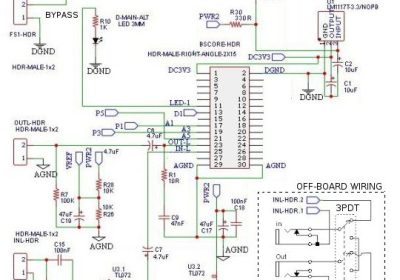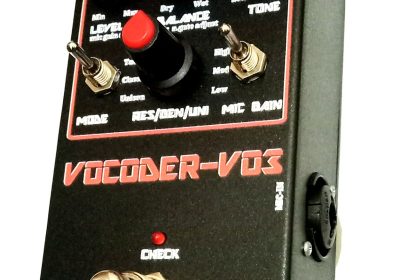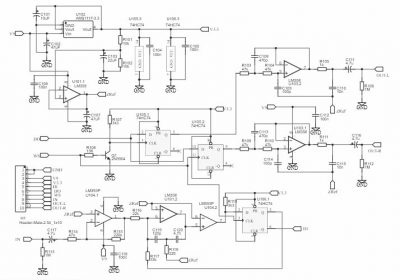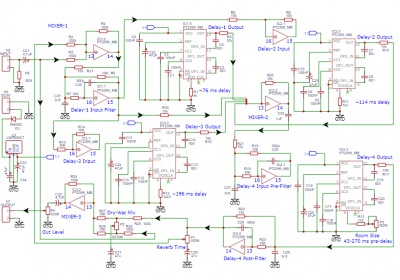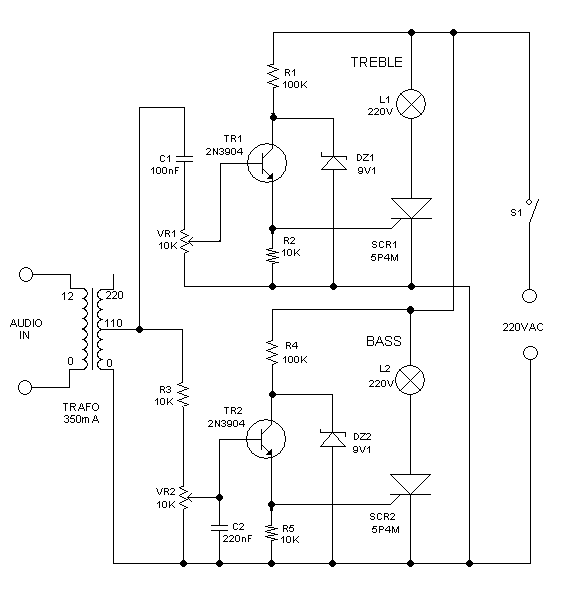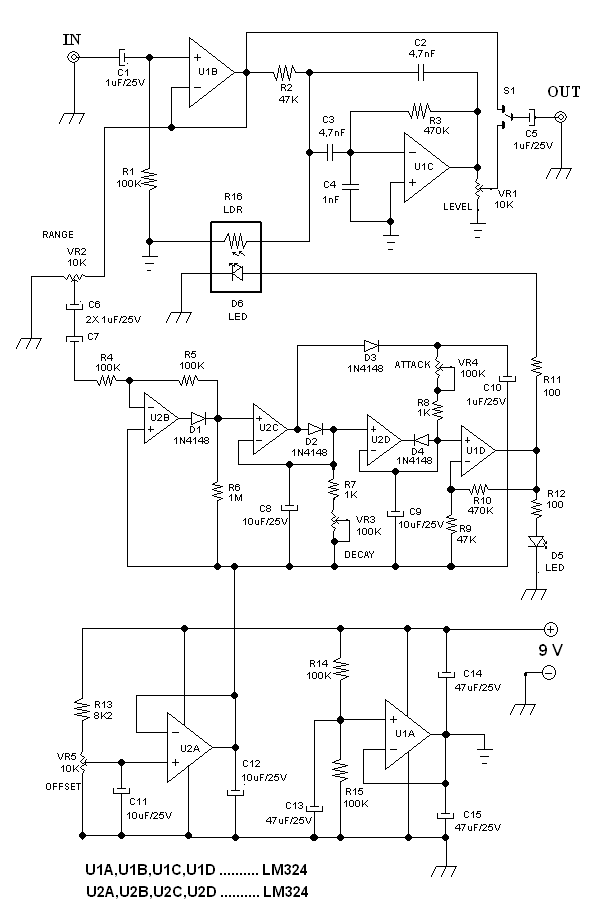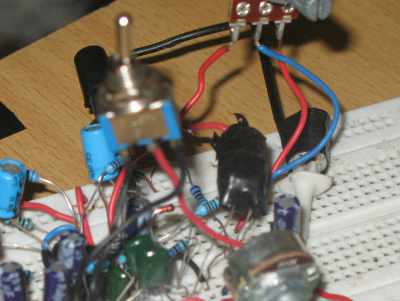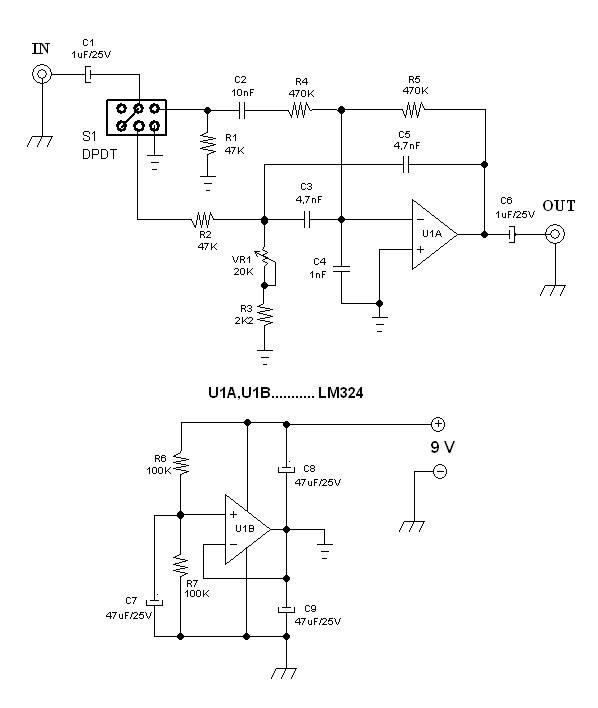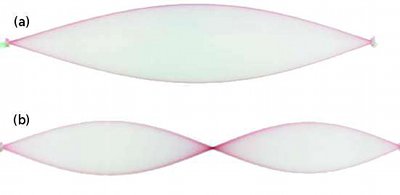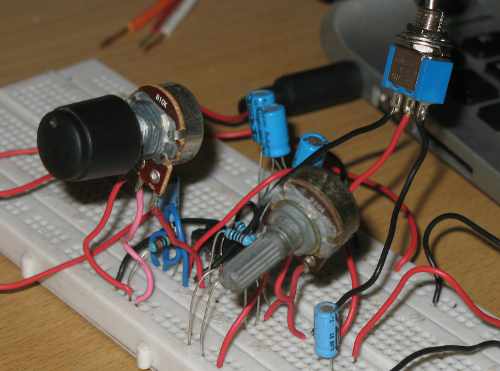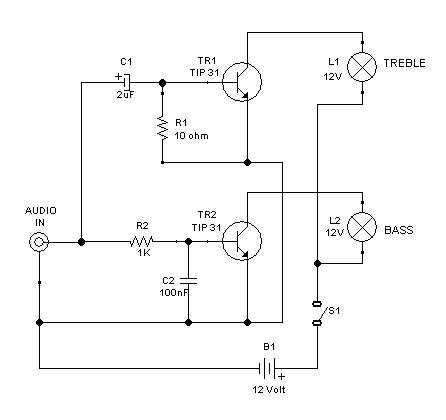Freeze Your Guitar Chord with AFRZ Pedal, Here is The Schematic Diagram of The Circuit!
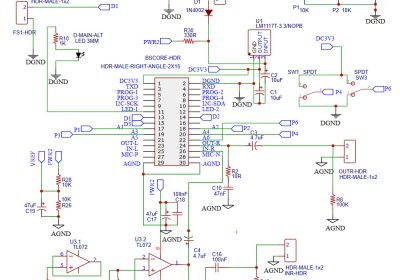
To capture your guitar chord or notes and freeze it infinitely, you’ll probably need a freeze pedal (like EHX’s freeze pedal for example) that capture the snapshot of the audio spectrum to resynthesize the continuous audio waveform representing the captured sound. Fortunately, now you can build yourself a freezer pedal that has all that functions using a small DT-AFRZ module. […]
Read more